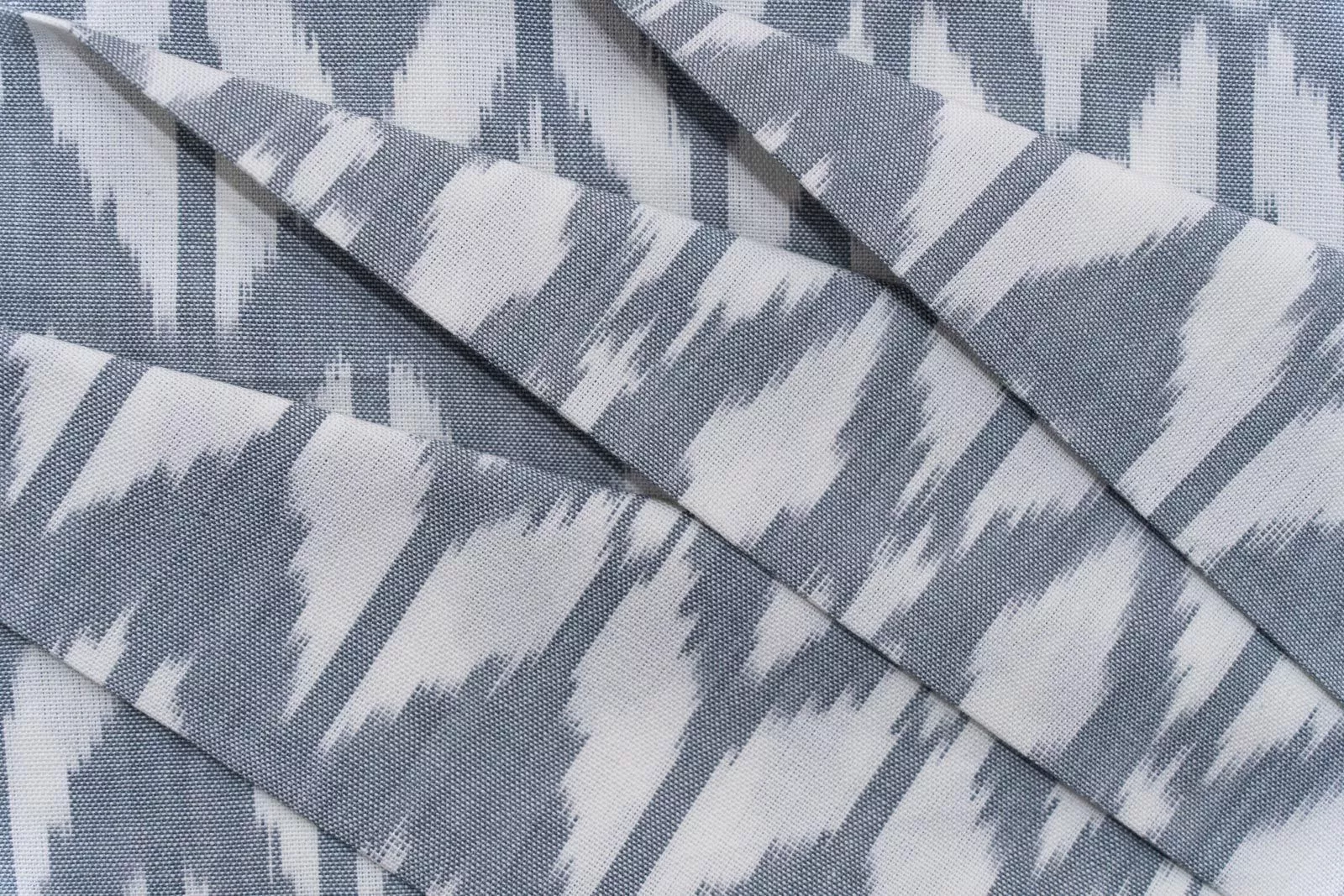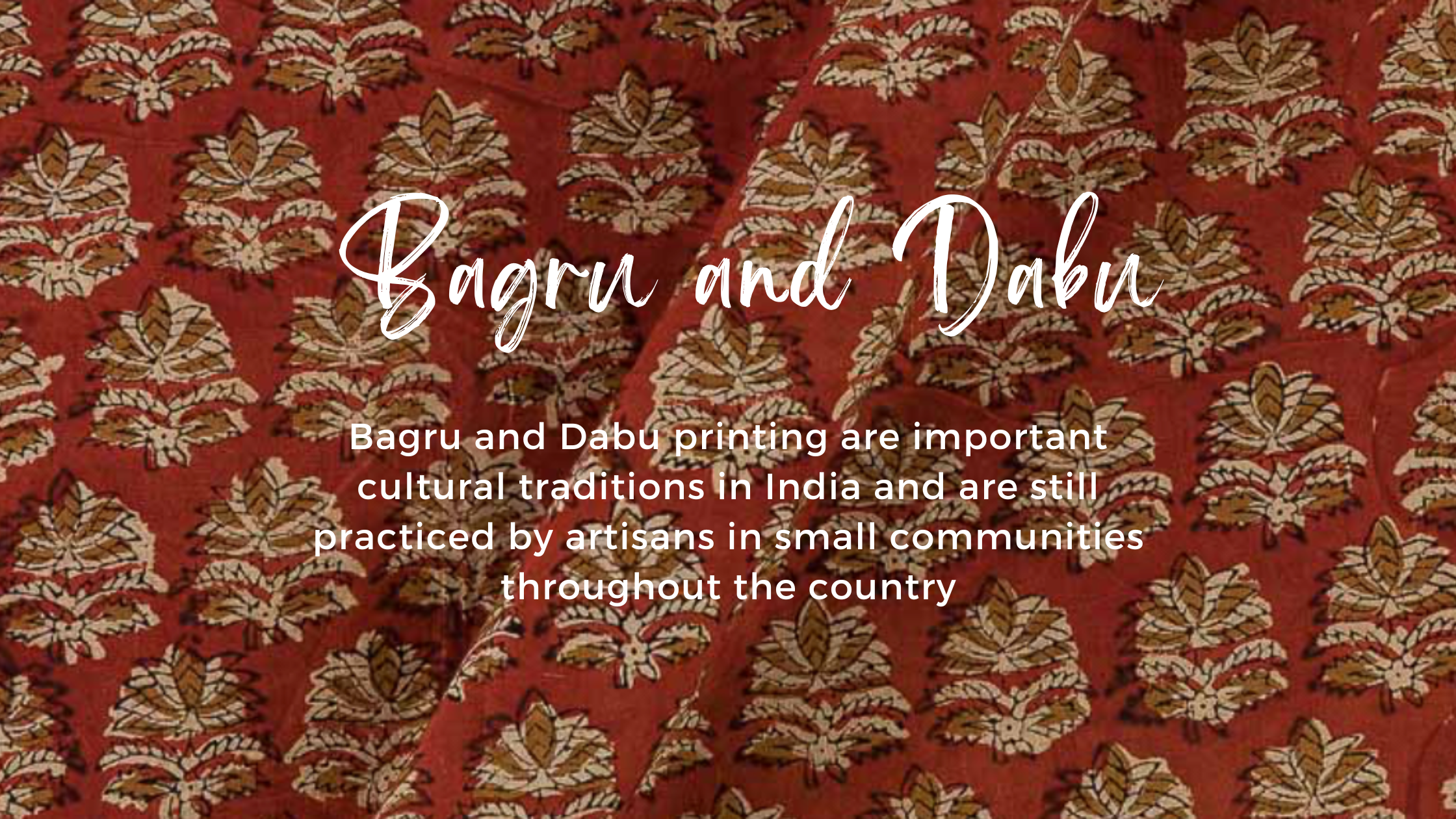
Khadi (or Khaddar) is a hand-spun or handwoven fabric made largely of cotton, with some silk and wool thrown in for good measure. Khadi textile is mostly produced in India, Bangladesh, and Pakistan. It is now a fashion-forward industry that caters to a global market.
History and Origins
It was rediscovered as an introduction of empowerment by liberation warrior Mahatma Gandhi. With the beginning of the Boycott Movement in India in the 1920s, the first fabric of Khadi was produced. It was highly marketed among the Indian community as an alternative to British textiles during the ‘Swadesi Movement,’ which began by avoiding foreign goods.
Soon after independence, the government formalised the industry. India took its initial steps into independent territory after establishing the Khadi Village Industry Commission (KVIC).
Variety
It is a coarse and easy fabric to sew. Patchwork, Kantha, Phulkari, and Block Printing are designed easily on this fabric. It has an unusual captivating appeal even in its plain form.
Global Appeal
Not just for its heritage, but also for its fashion appeal, the refined cloth with a basic appeal has become well-known around the world. Fabric’s popularity as a high-quality material in the handloom industry has boosted its global demand.
It’s one of the most comfortable textiles to wear because it’s cool in the summer and warm in the winter.
Innovations
With large-scale technological advancements in the apparel industry, machine weaving is displacing the traditional process of manually spinning Khadi in the local industry. Apart from the traditional Kurtas and Sarees, Khadi shirts, jeans, and skirts are also available. Cutting-edge designs and cuts are now synonymous with the industry, and many people adore them.
Source : wikipedia.org/wiki/Khadi




Leave a comment